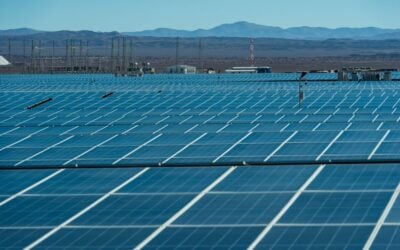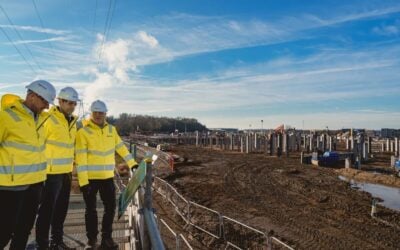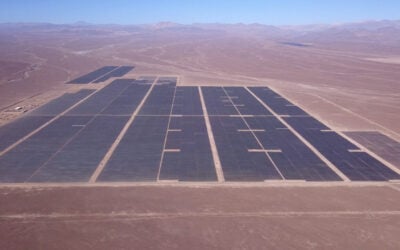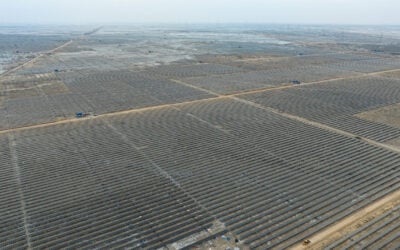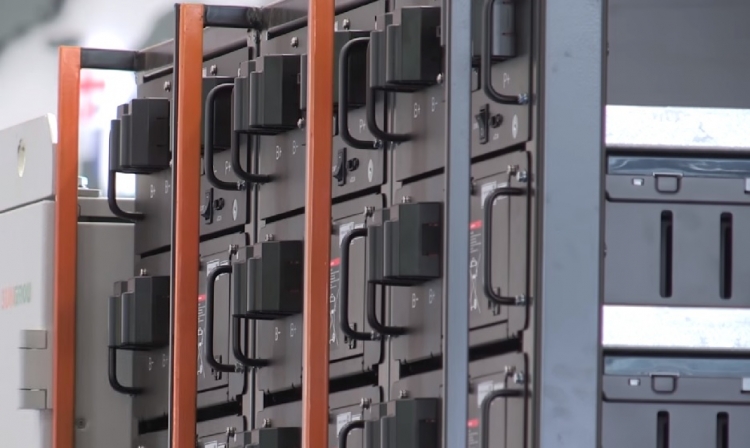
Chinese inverter manufacturer Sungrow has leaned on its joint venture with Samsung SDI to supply both inverters and lithium batteries to a large-scale energy storage project in Japan.
Hokkaido, the northernmost of Japan’s main islands, has been deploying renewables at pace, particularly since the creation of the current feed-in tariff (FiT) policy in 2012. The region only has old-fashioned undersea cables to interconnect it with the rest of Japan.
As with the rest of Japan, Hokkaido’s local grid network is maintained and operated by a utility, Hokkaido Electric Power (HEPCO). Long-running issues of grid constraints, both perceived and real, led to some of the 10 regional utilities calling for a temporary halt to new solar farm approvals in 2014.
In response, HEPCO started looking at energy storage, deploying a 60MWh flow battery in 2015 and a 102.3MW solar PV project combined with 27MWh of battery storage is underway from SB Energy – the renewables arm of Japanese firm Softbank – and Mitsubishi UFJ Leasing, as reported by Energy-Storage.News in late 2017. HEPCO also added various technical requirements for renewable energy plant installations to obtain grid connections, including curtailing the offtake of power from solar or wind in times of overproduction and requiring energy storage to mitigate the variable output of the generators.
Try Premium for just $1
- Full premium access for the first month at only $1
- Converts to an annual rate after 30 days unless cancelled
- Cancel anytime during the trial period
Premium Benefits
- Expert industry analysis and interviews
- Digital access to PV Tech Power journal
- Exclusive event discounts
Or get the full Premium subscription right away
Or continue reading this article for free
Sungrow said it will supply a full turnkey energy storage system for the island, with around 30MWh storage capacity and 23 containers of inverters. It will utilise lithium nickel manganese cobalt oxide (NMC) batteries from the Sungrow-Samsung SDI joint venture. The JV began a series of demonstration energy storage projects in China in April 2016.
Sungrow claims the NMC batteries have competitive properties which include: high energy density, long life cycle and deep charge and discharge capabilities. While the company did not reveal who its customer is for the project, the company said the system’s owner “highly appreciates Sungrow’s system solution, which is designed against the power constrictions in the Japanese power market, by adding ESS to PV plant and achieving 24 hours of continued power yield”

